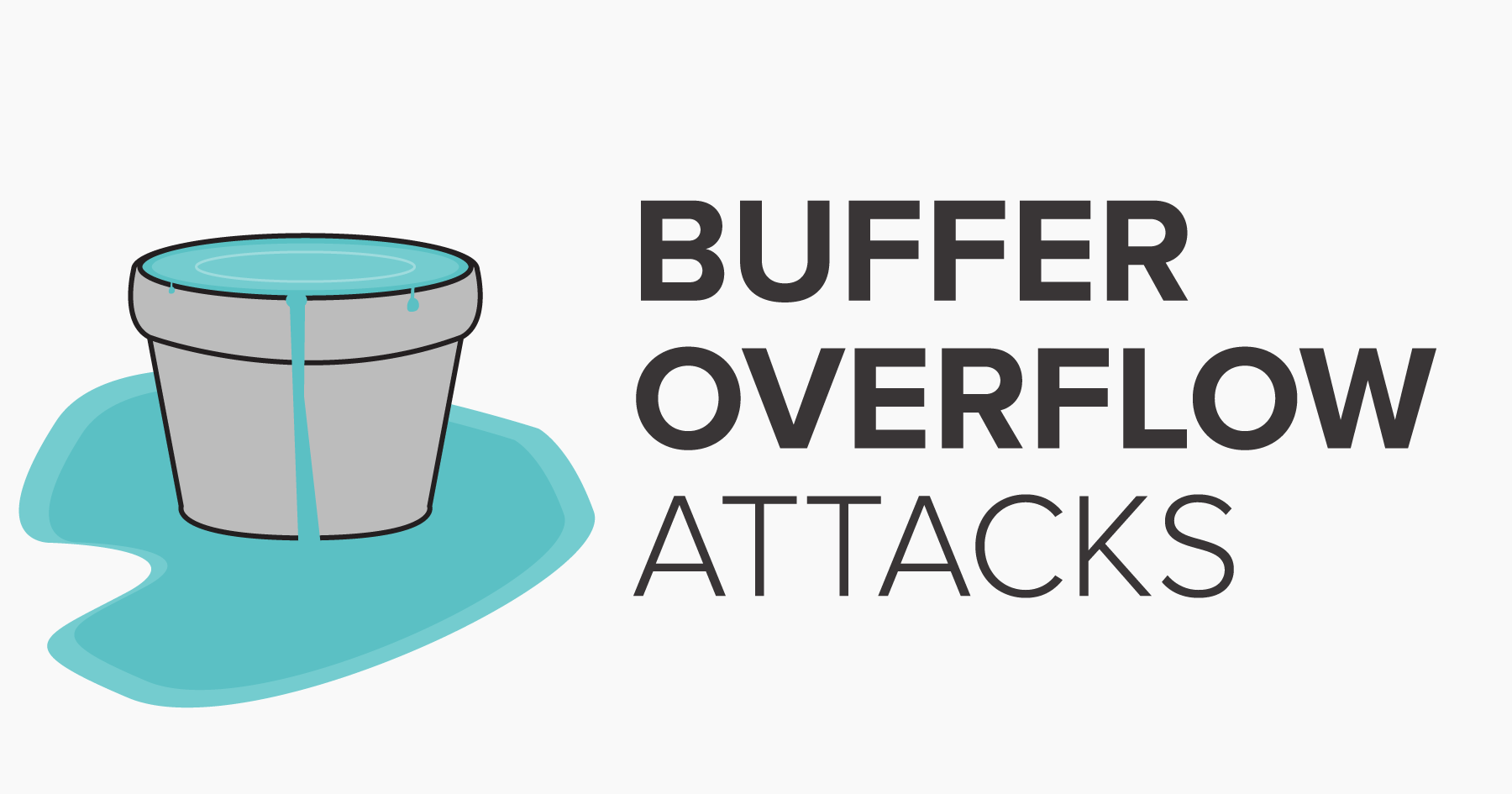

- #BUFFER OVERFLOW VULNERABILITY LAB SOLUTION SOFTWARE#
- #BUFFER OVERFLOW VULNERABILITY LAB SOLUTION CODE#


The objective of this lab is for students to gain practical insights Leading to the execution of malicious code. This vulnerability can be used by a malicious user to alter the flow control of the program, Reproduced in a way that is reasonable to the medium in which the work is being re-published.īuffer overflow is defined as the condition in which a program attempts to write data beyond the boundary If you remix, transform, or build upon the material, this copyright notice must be left intact, or This work is licensed under a Creative Commons Attribution-NonCommercial-ShareAlike 4.0 International The ultimate goal of this attack is to spread an XSS worm among the users, such that whoever views an infected user profile will be infected, and whoever is infected will add you (i.e., the attacker) to his/her friend list.SEED Labs – Buffer Overflow Attack Lab (Server Version)īuffer Overflow Attack Lab (Server Version) In this lab, students need to exploit this vulnerability to launch an XSS attack on the modified Elgg, in a way that is similar to what Samy Kamkar did to MySpace in 2005 through the notorious Samy worm. Without the countermeasures, users can post any arbitrary message, including JavaScript programs, to the user profiles. To demonstrate how XSS attacks work, we have commented out these countermeasures in Elgg in our installation, intentionally making Elgg vulnerable to XSS attacks. Elgg is a very popular open-source web application for social network, and it has implemented a number of countermeasures to remedy the XSS threat. To demonstrate what attackers can do by exploiting XSS vulnerabilities, we have set up a web application named Elgg in our pre-built Ubuntu VM image. Vulnerabilities of this kind have been exploited to craft powerful phishing attacks and browser exploits. The access control policies (i.e., the same origin policy) employed by the browser to protect those credentials can be bypassed by exploiting the XSS vulnerability. Using this malicious code, the attackers can steal the victim's credentials, such as cookies.
#BUFFER OVERFLOW VULNERABILITY LAB SOLUTION CODE#
This vulnerability makes it possible for attackers to inject malicious code (e.g. The Chinese University of Hong Kong, Information Engineering DepartmentĬlick here to view task details 👈 Web Security (Cross-Site Scripting Attack) IntroductionĬross-site scripting (XSS) is a type of computer security vulnerability typically found in web applications.return addresses): an overflow in the data part can affect the control flow of the program, because an overflow can change the return address. buffers) and the storage for controls (e.g. This vulnerability arises due to the mixing of the storage for data (e.g. This vulnerability can be utilized by a malicious user to alter the flow control of the program, even execute arbitrary pieces of code. Buffer overflow is defined as the condition in which a program attempts to write data beyond the boundaries of pre-allocated fixed length buffers. The learning objective of this lab is for students to gain the first-hand experience on buffer-overflow vulnerability by putting what they have learned about the vulnerability from class into actions.
#BUFFER OVERFLOW VULNERABILITY LAB SOLUTION SOFTWARE#
Software Security (Buffer Overflow) Introduction


 0 kommentar(er)
0 kommentar(er)
